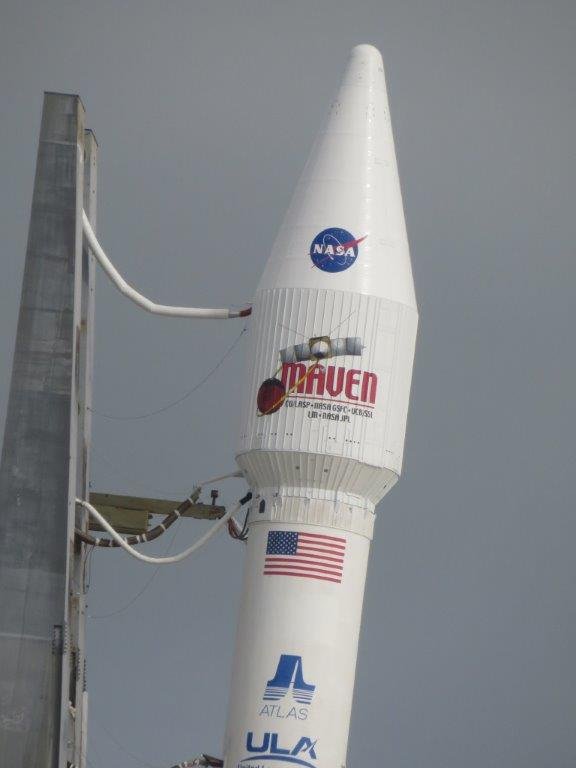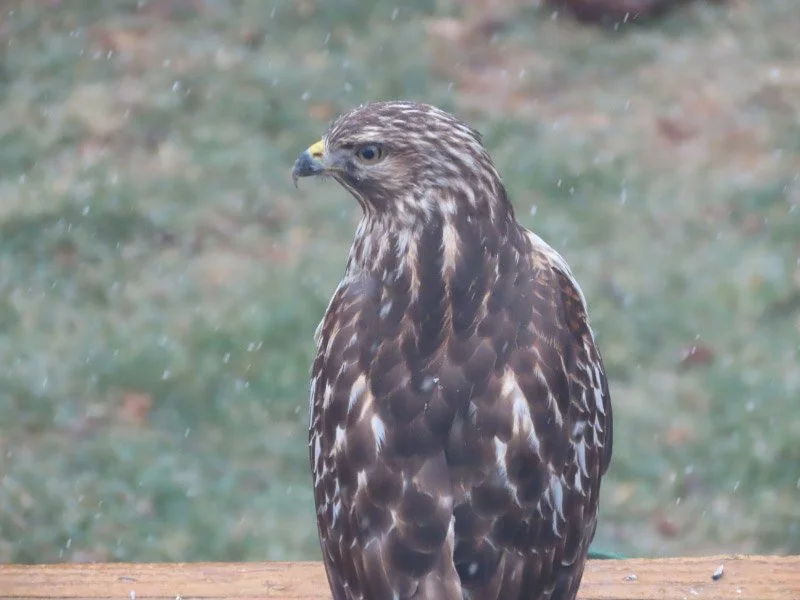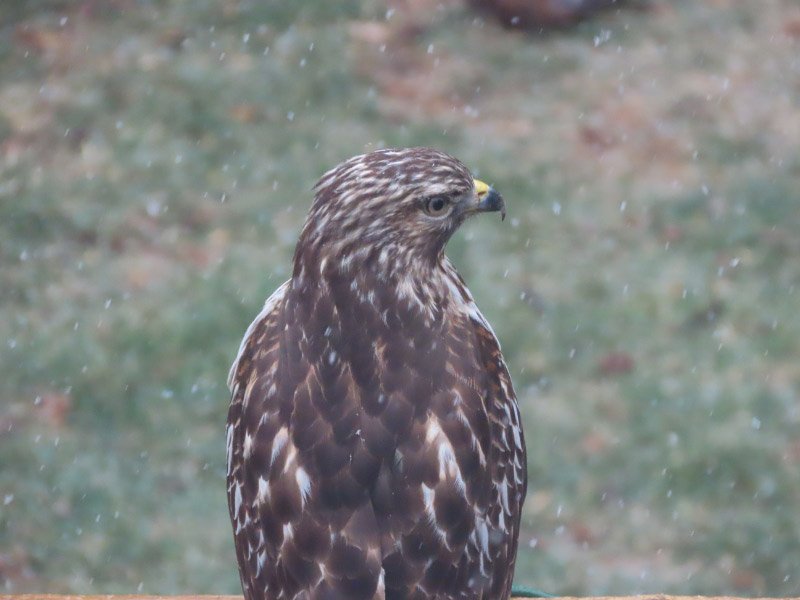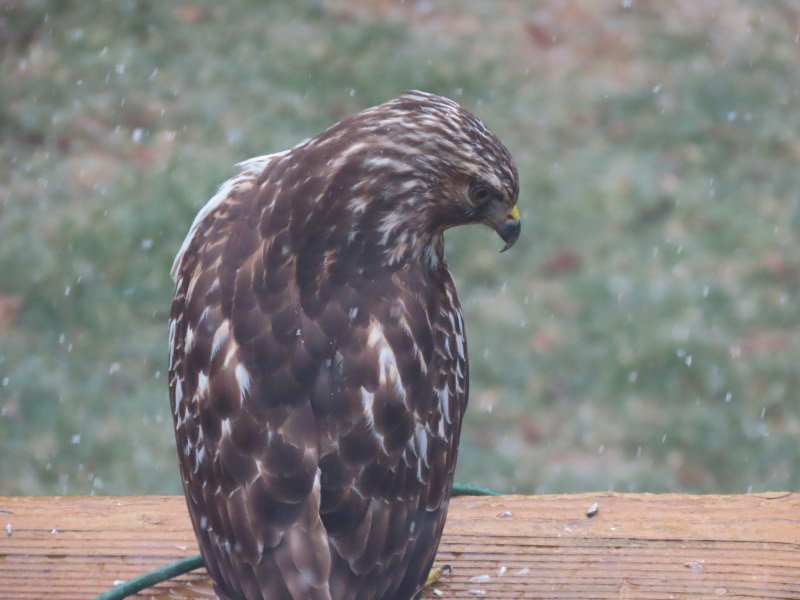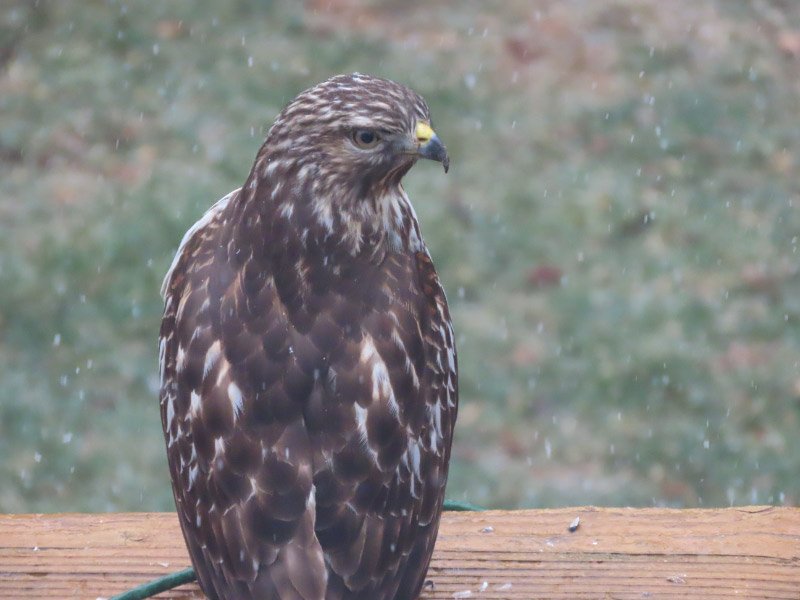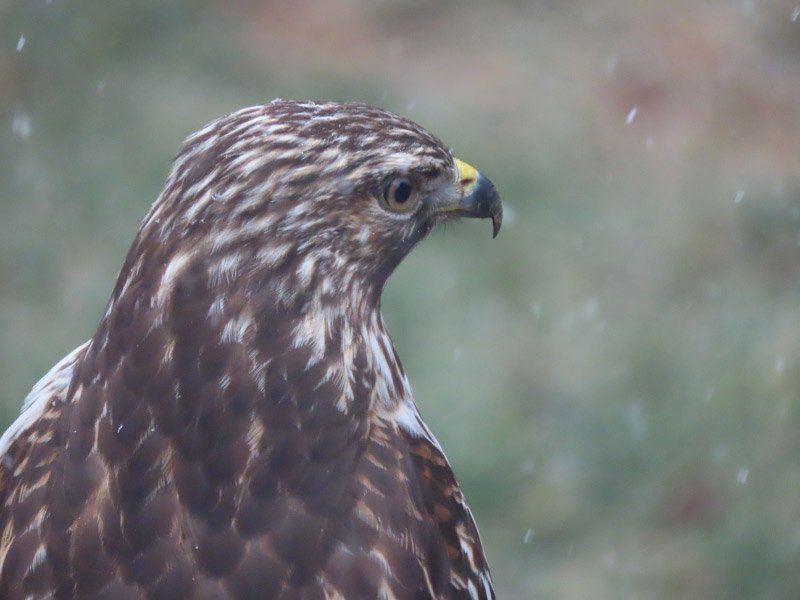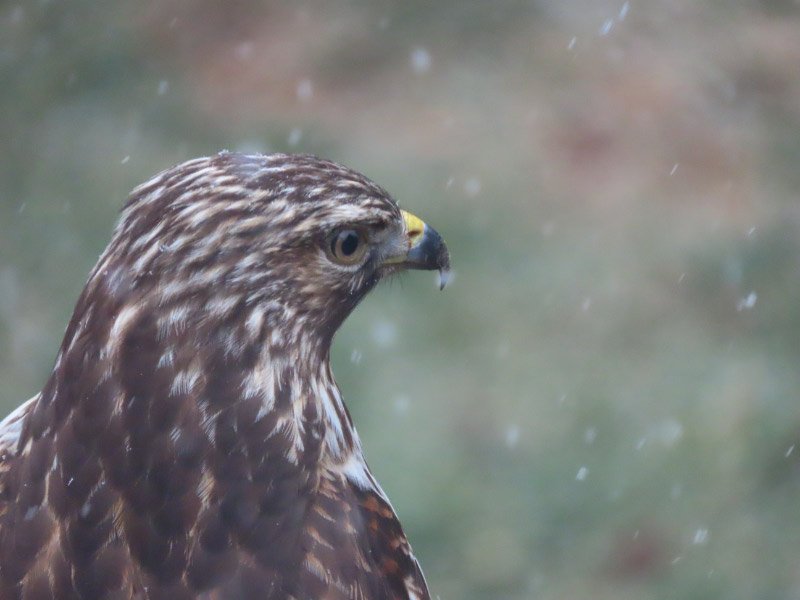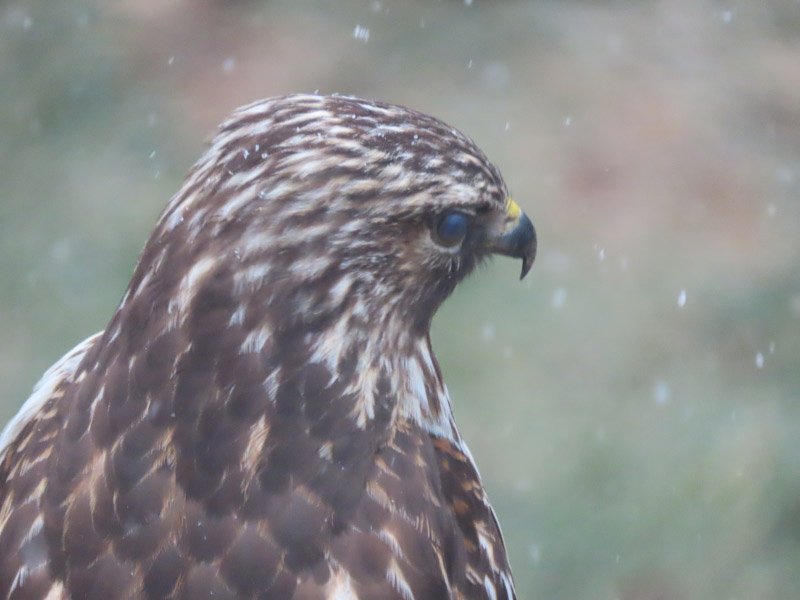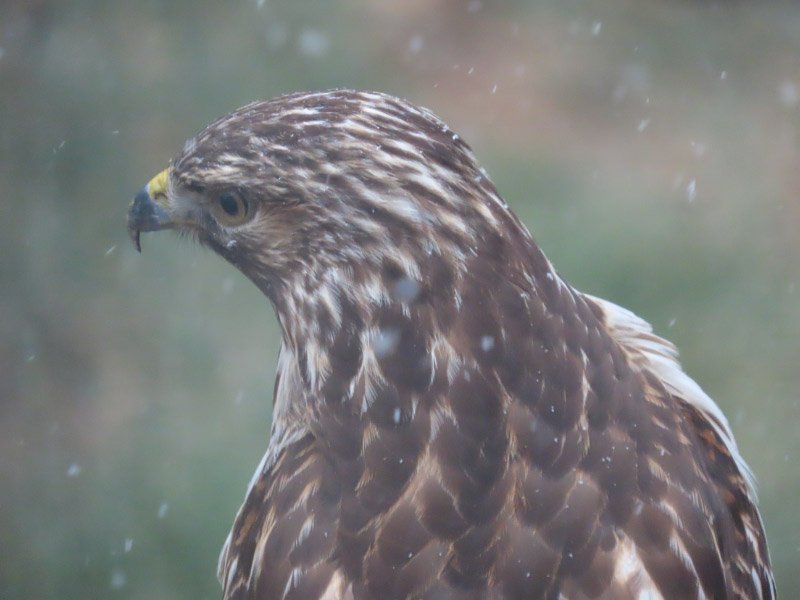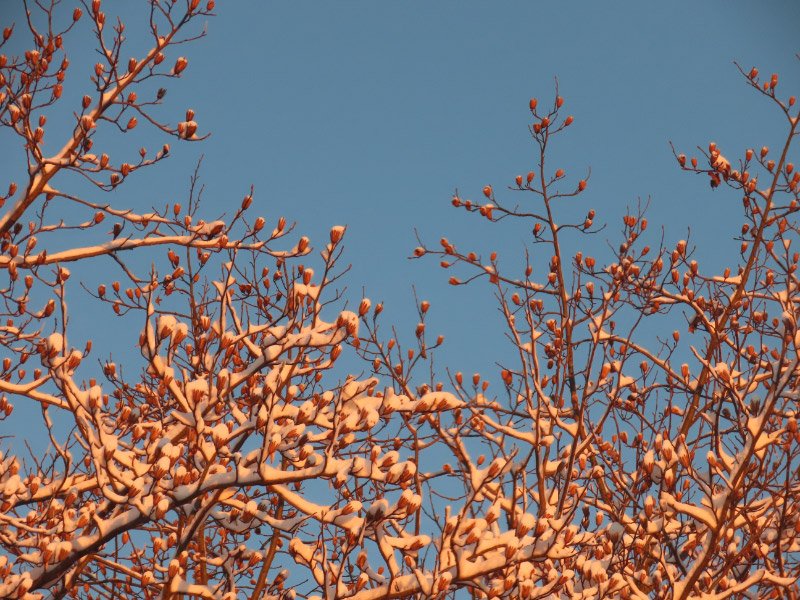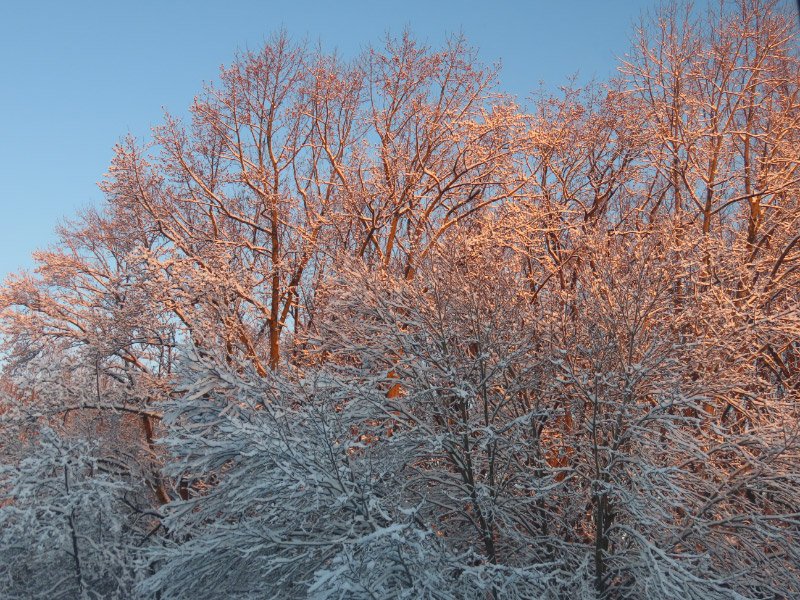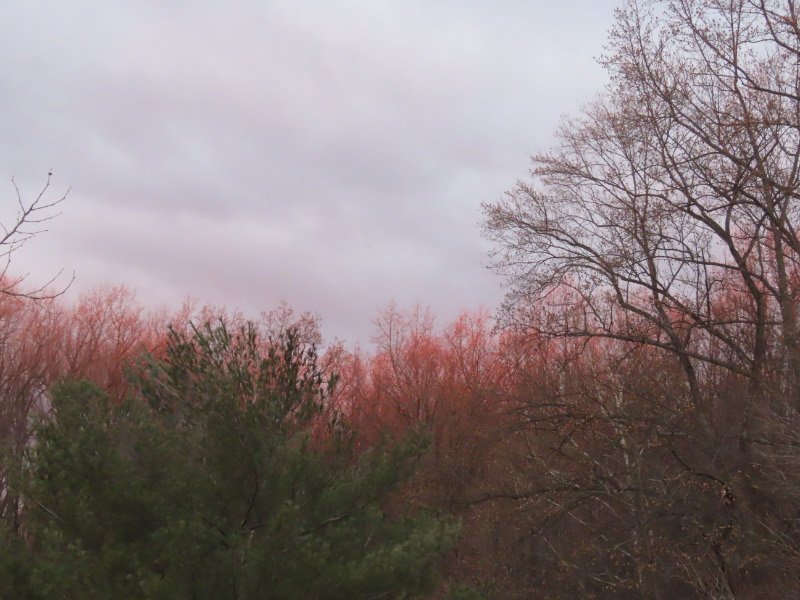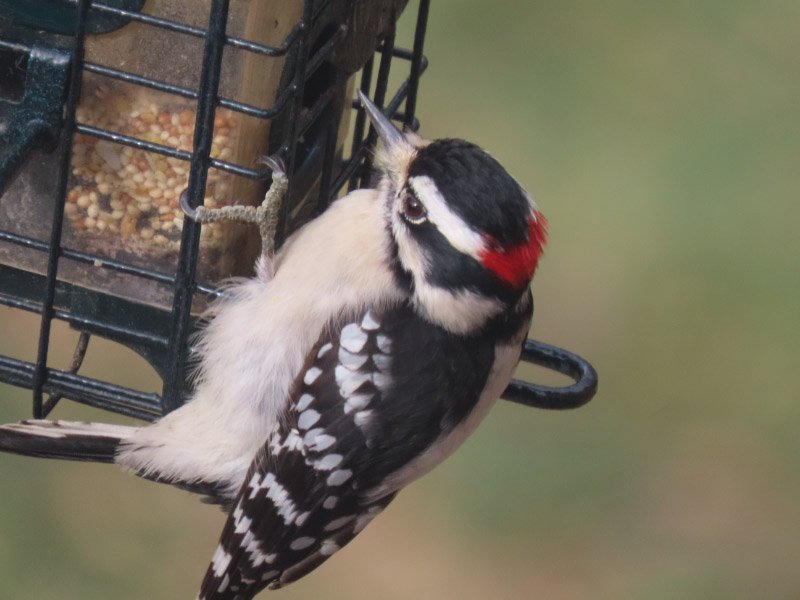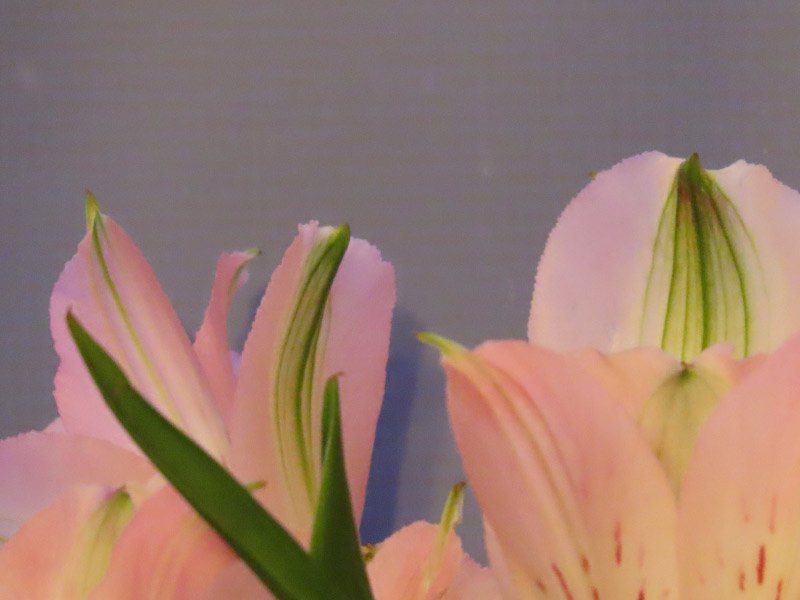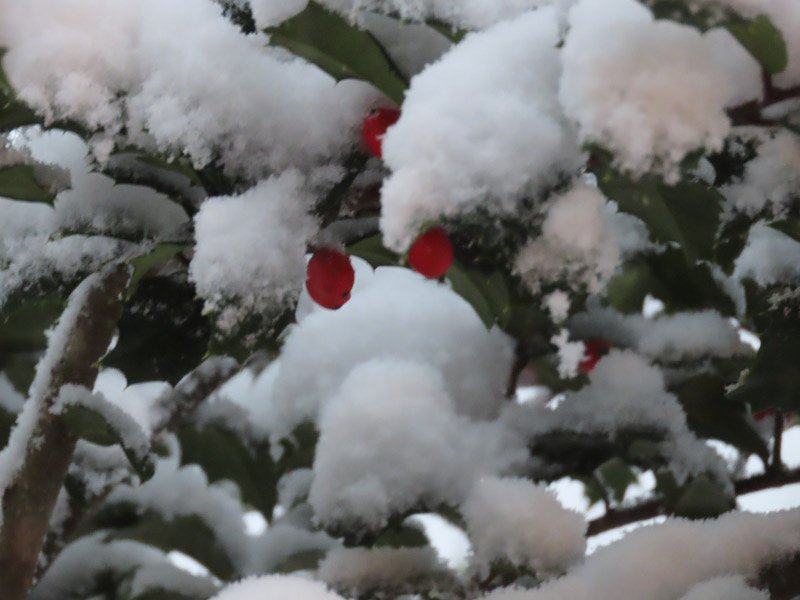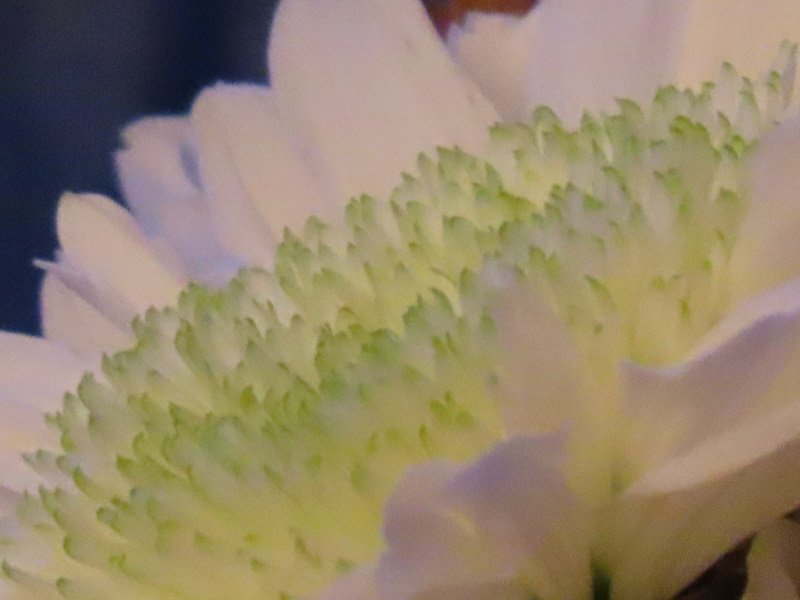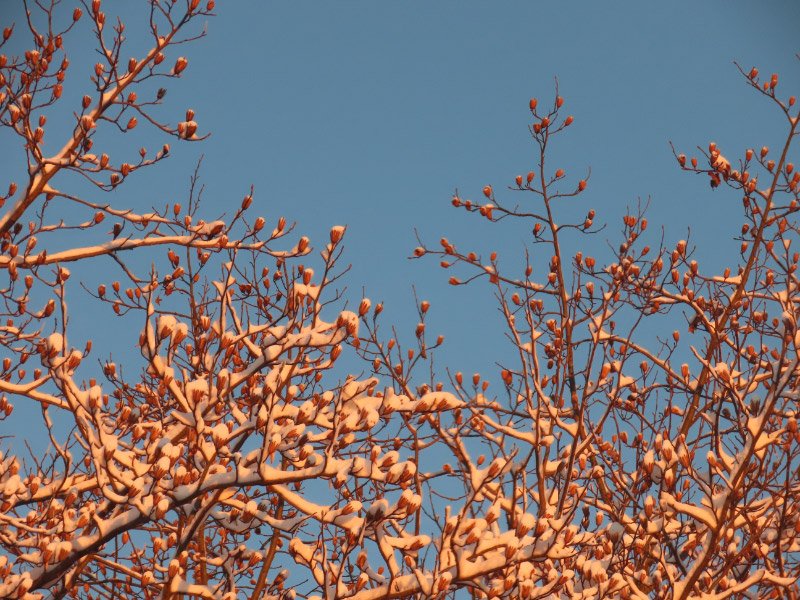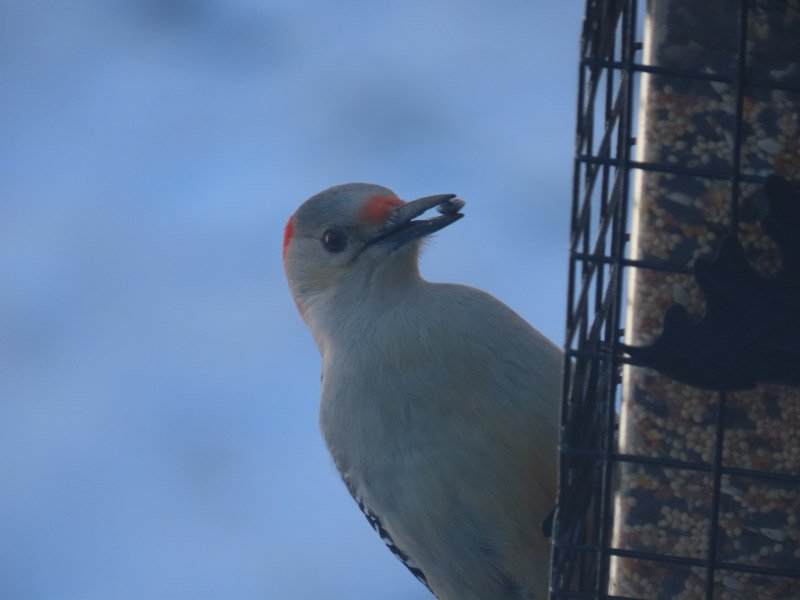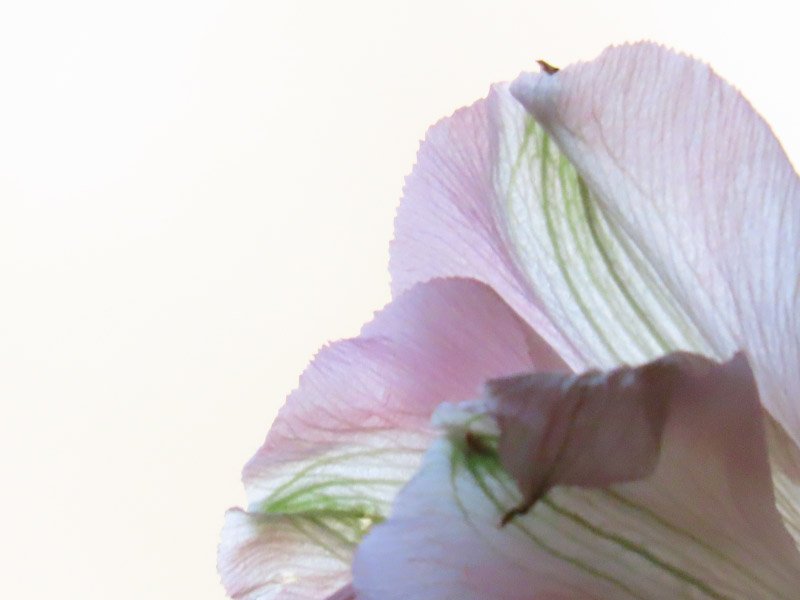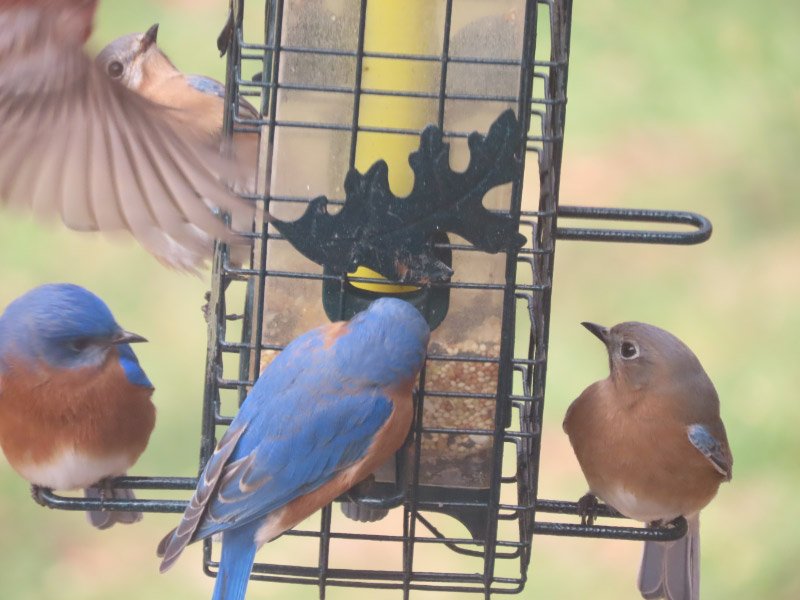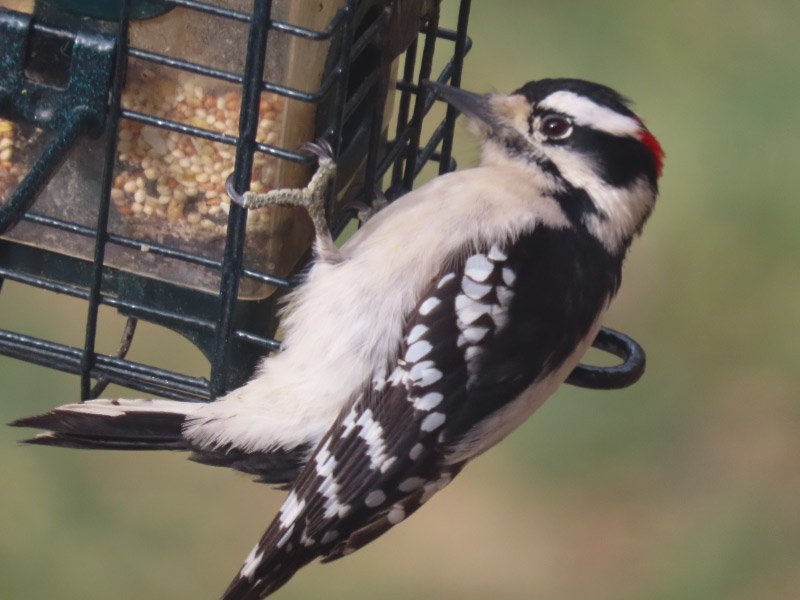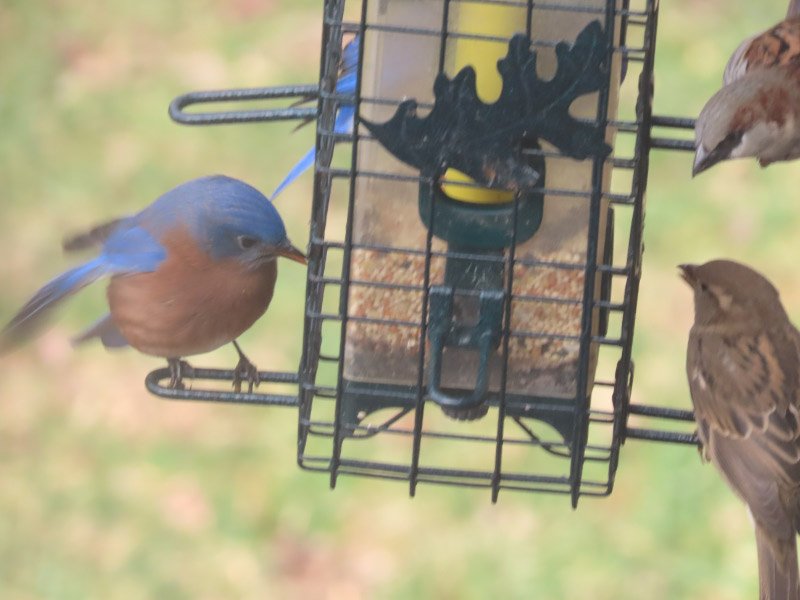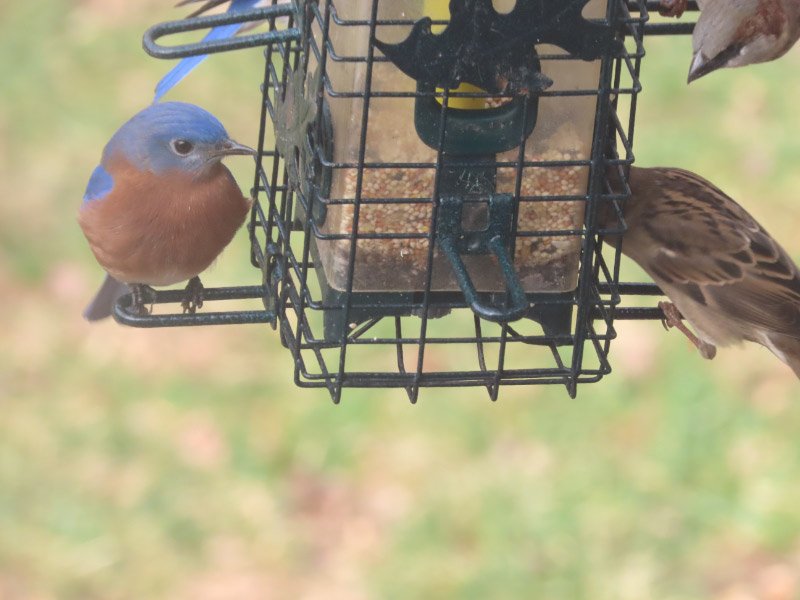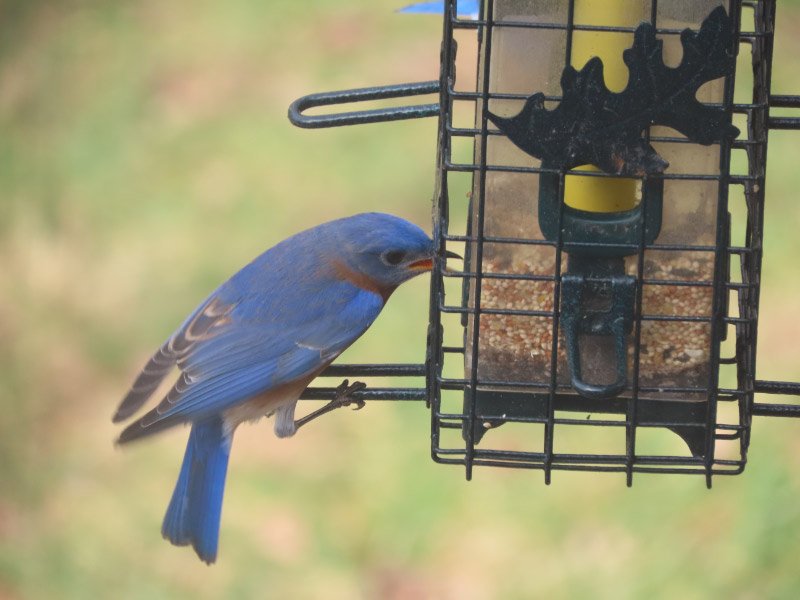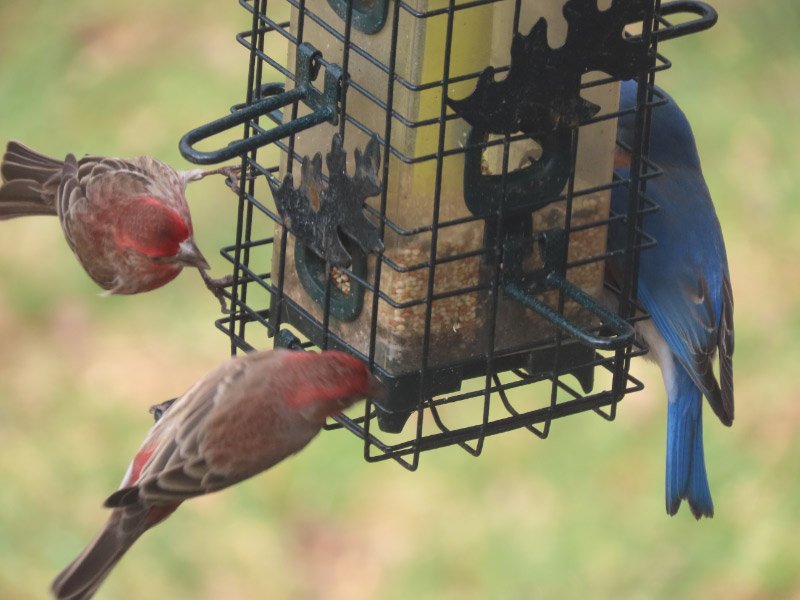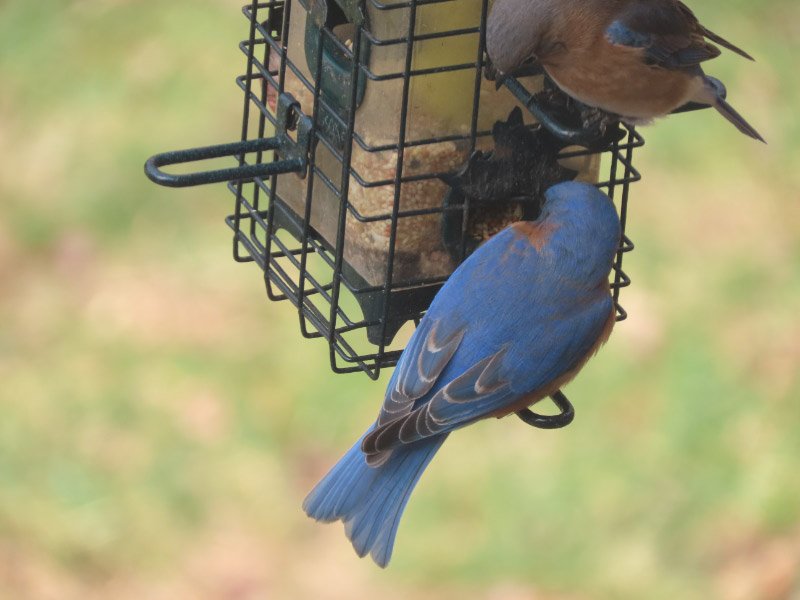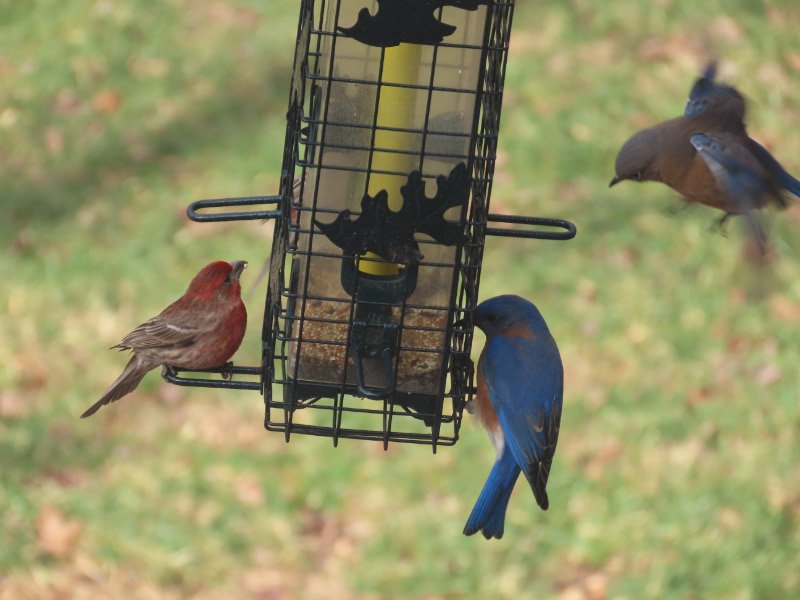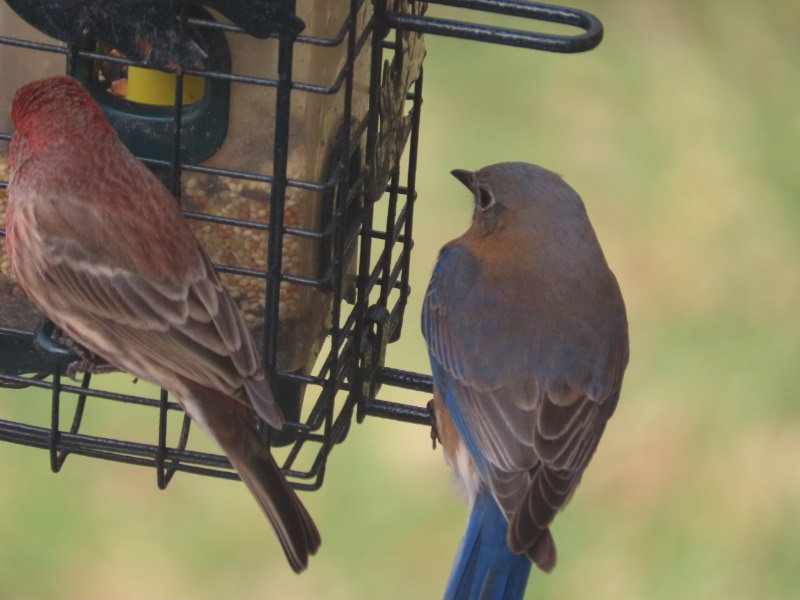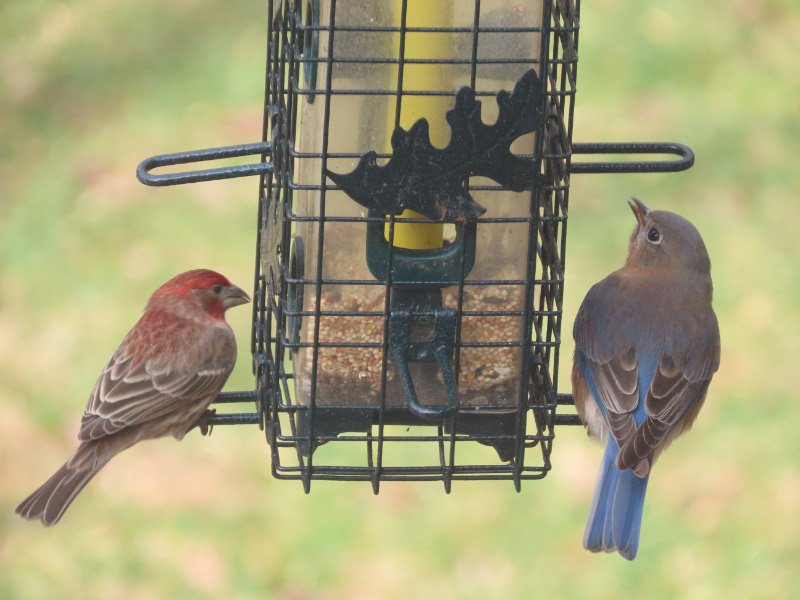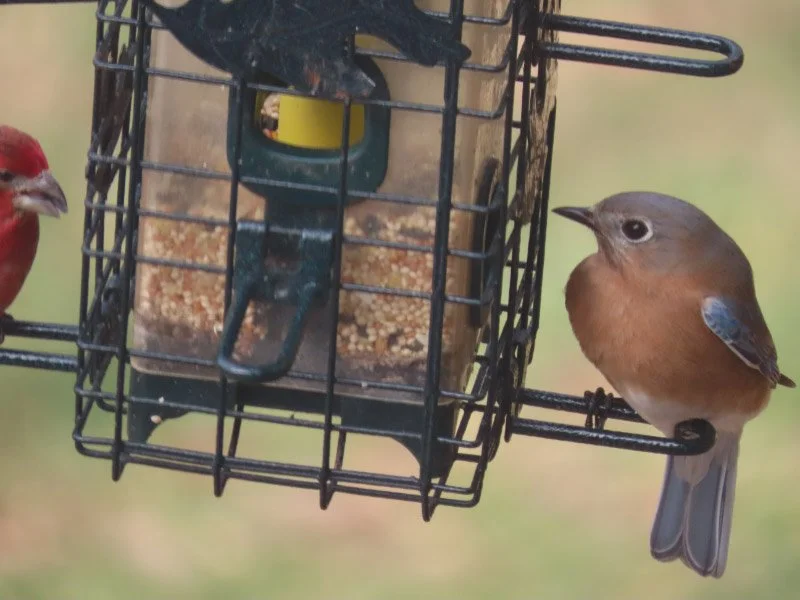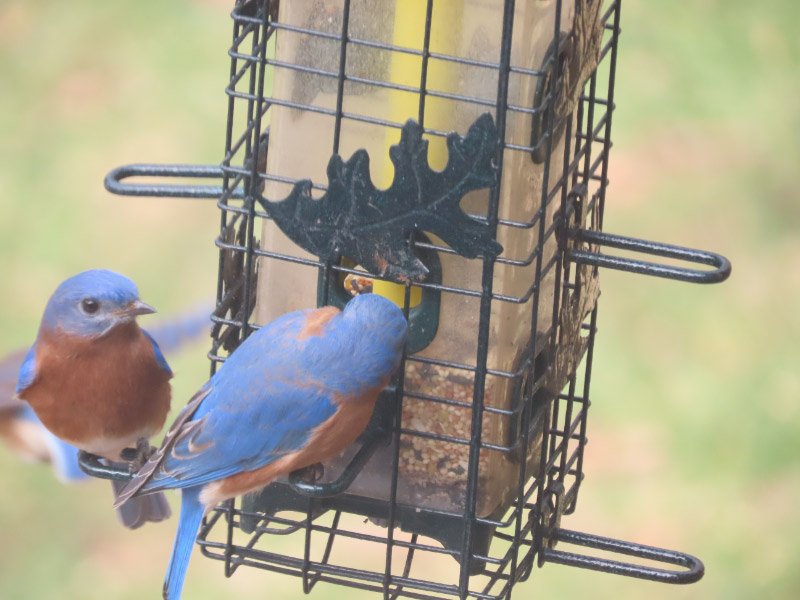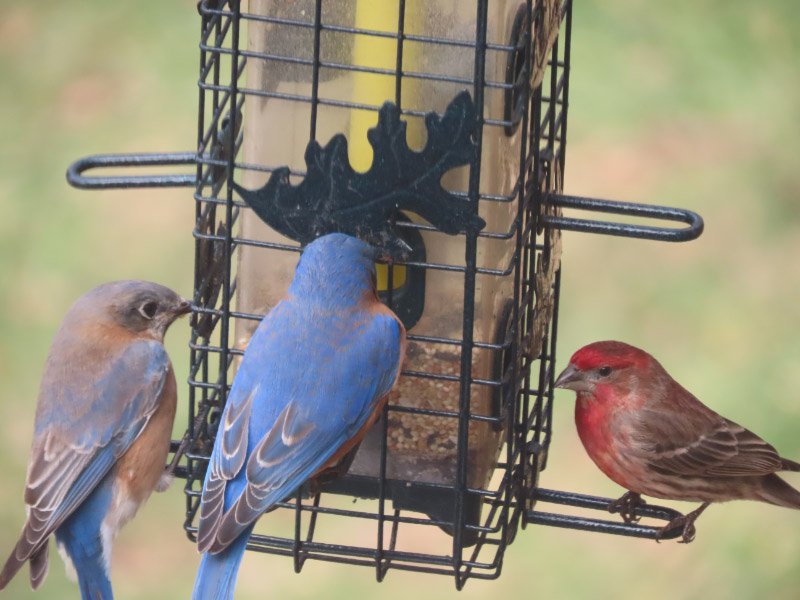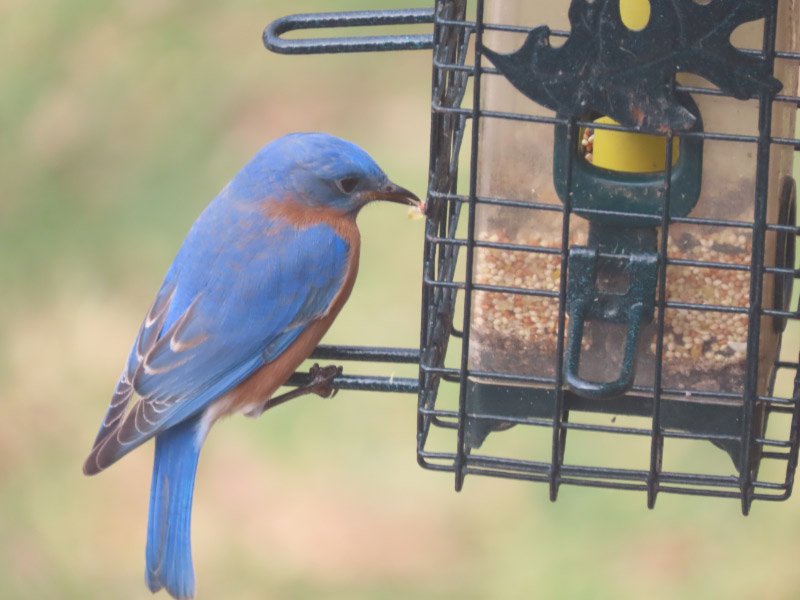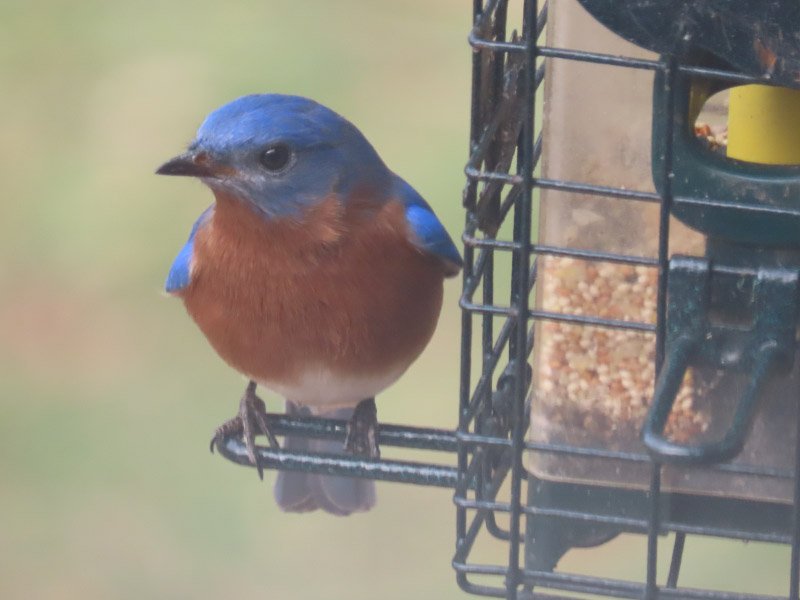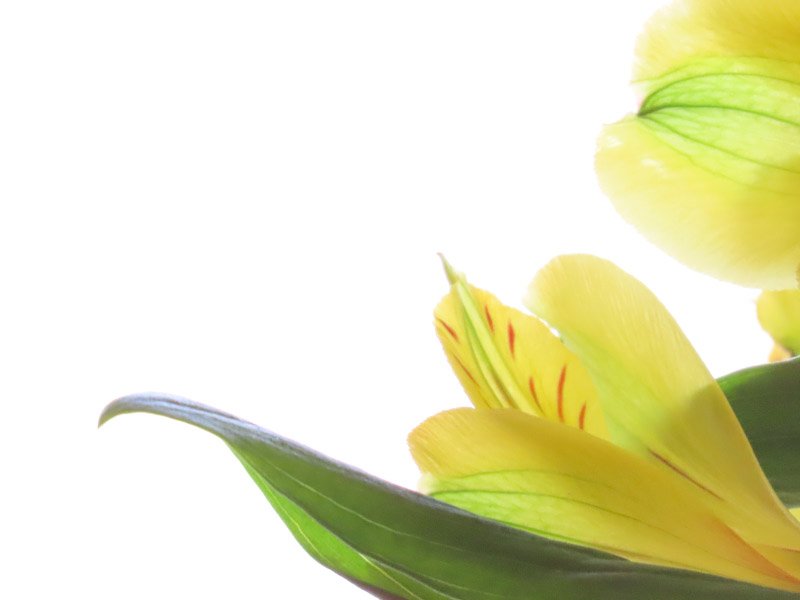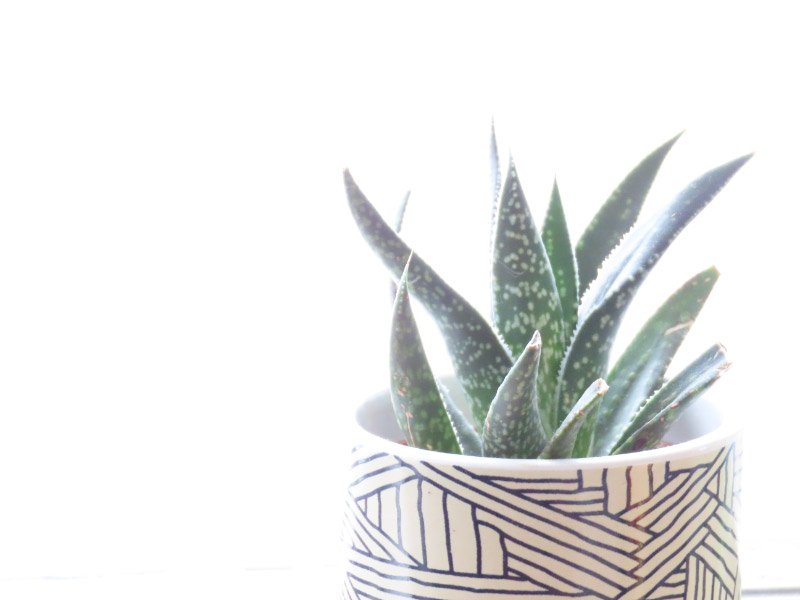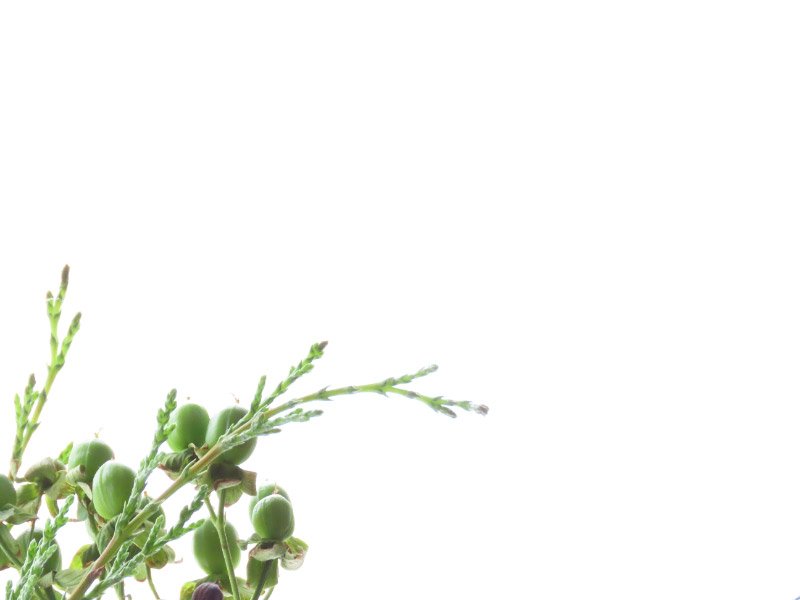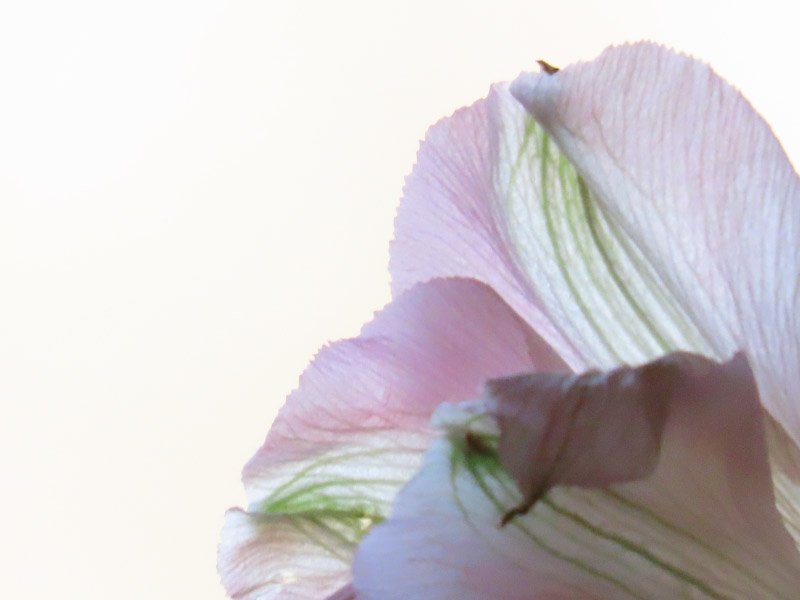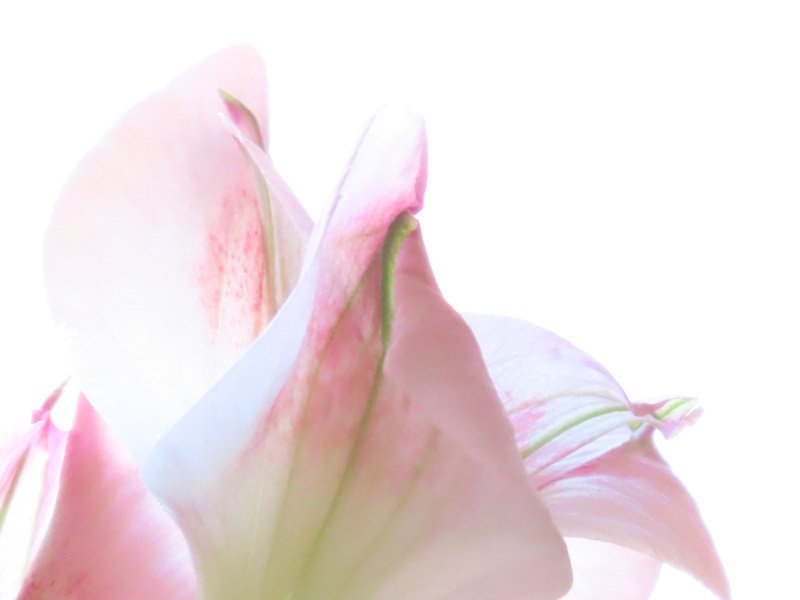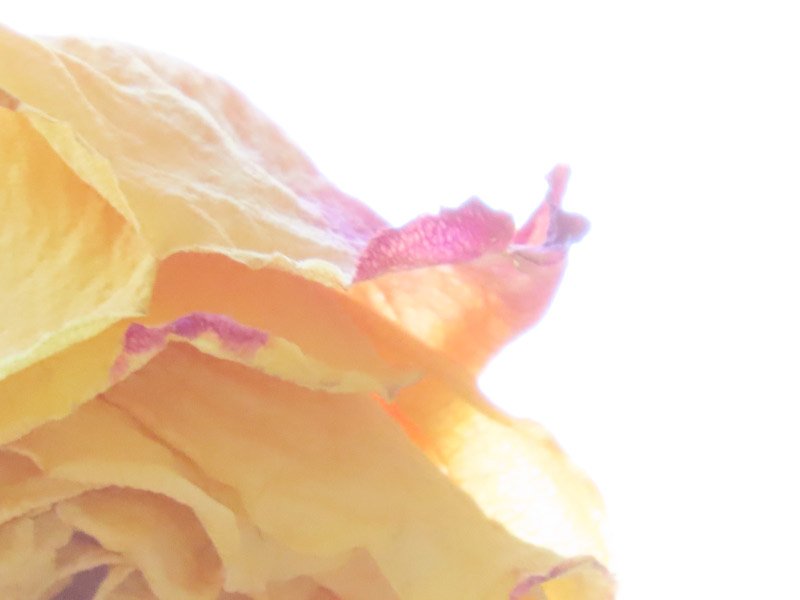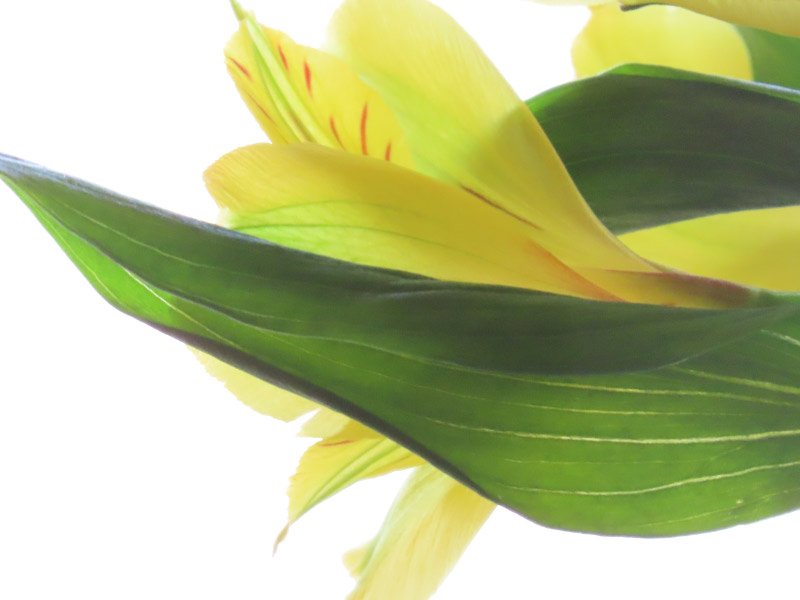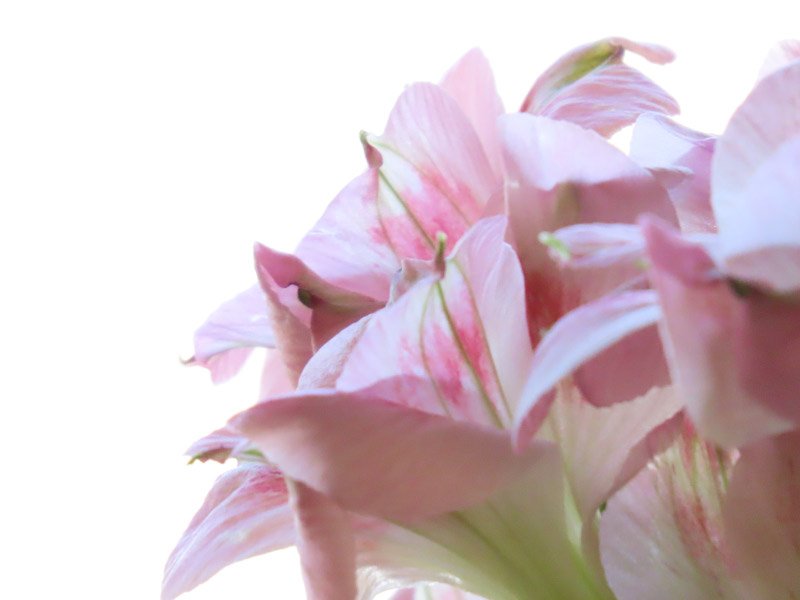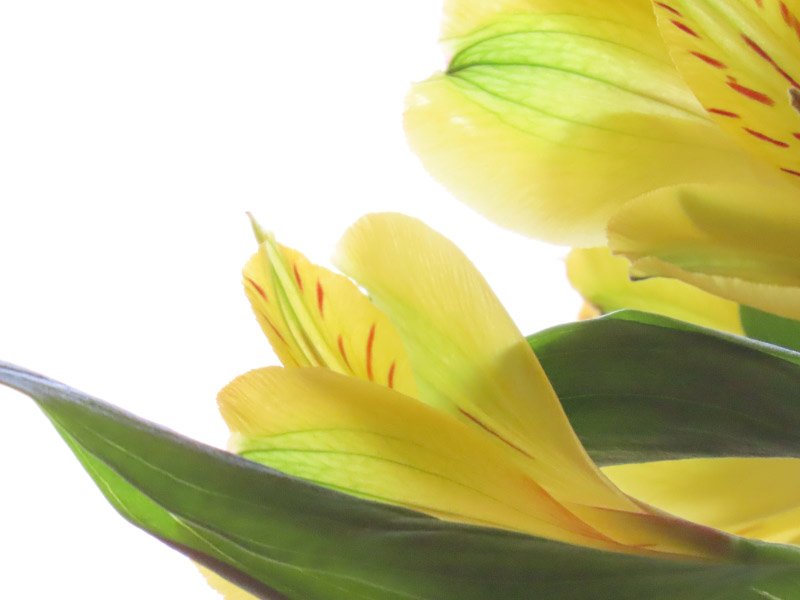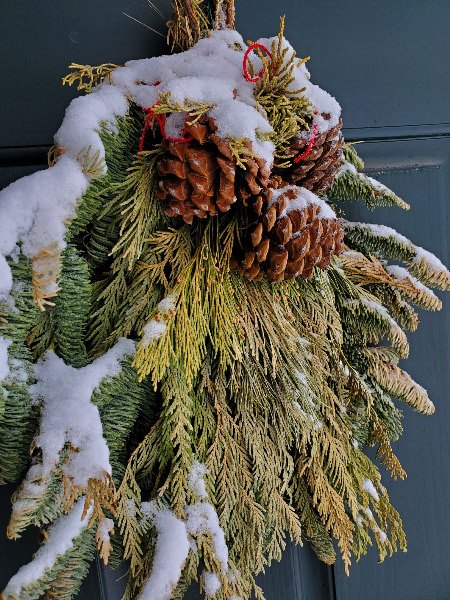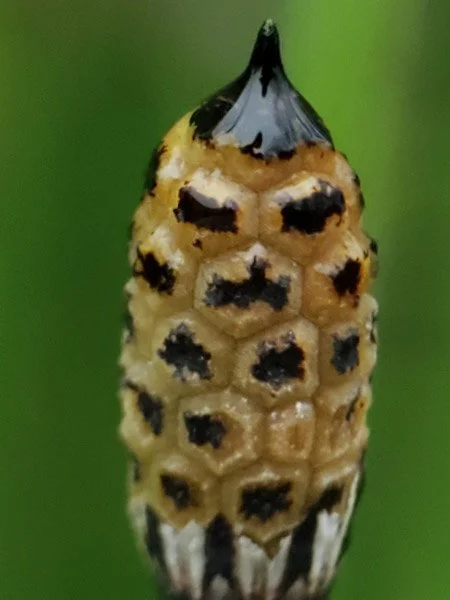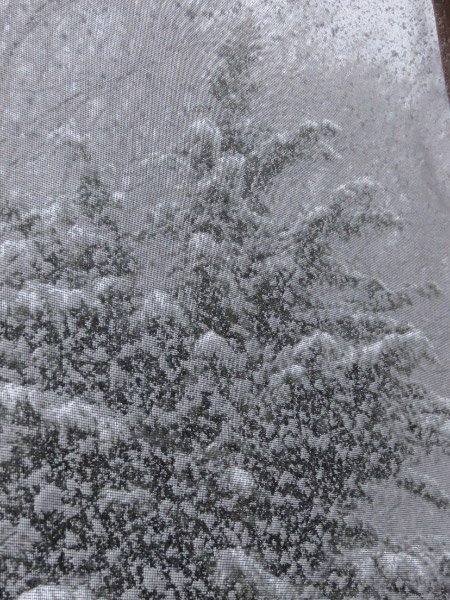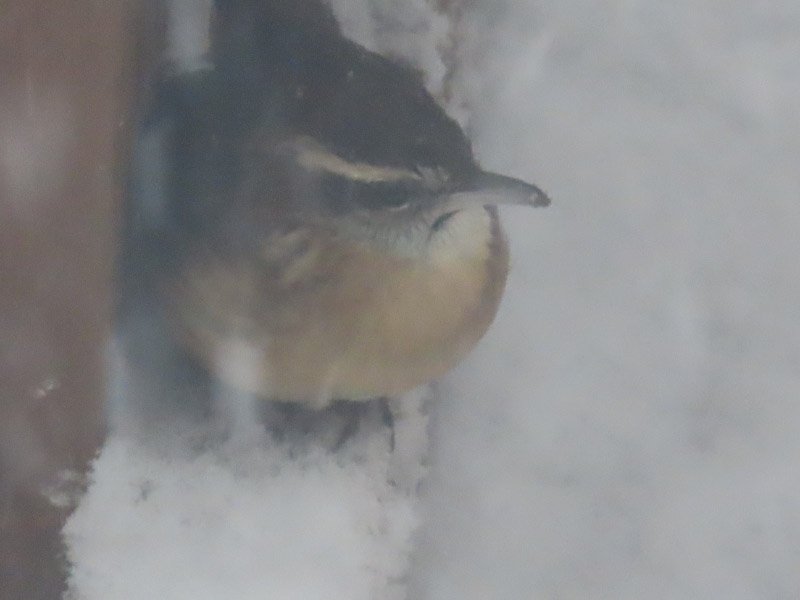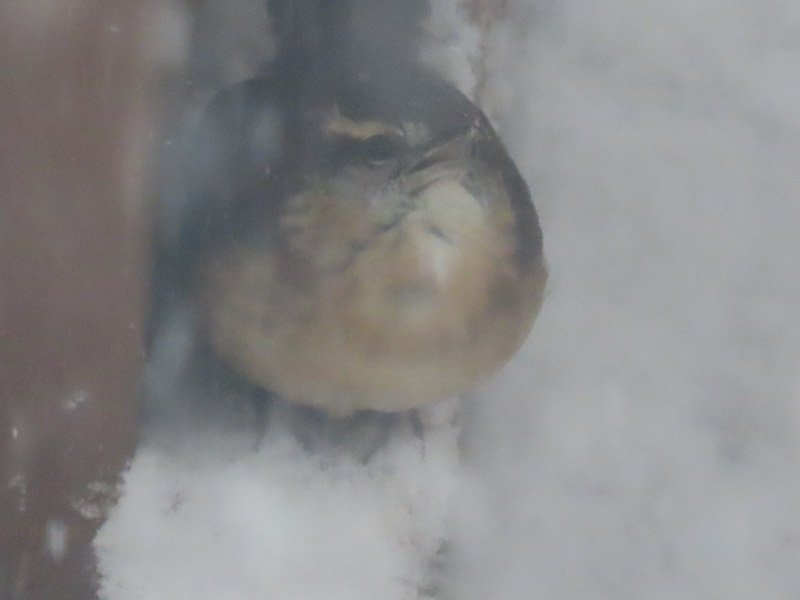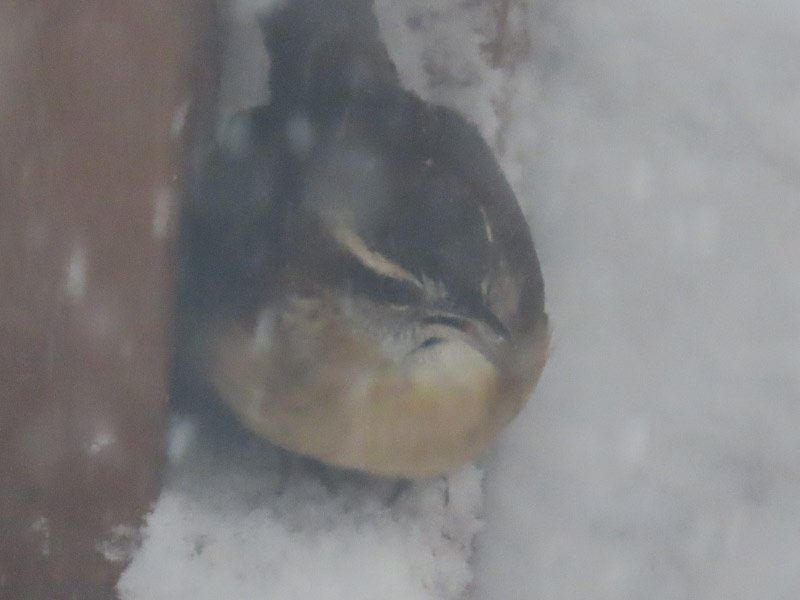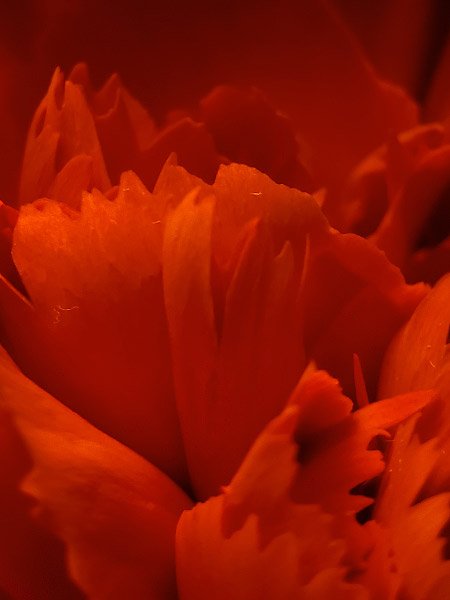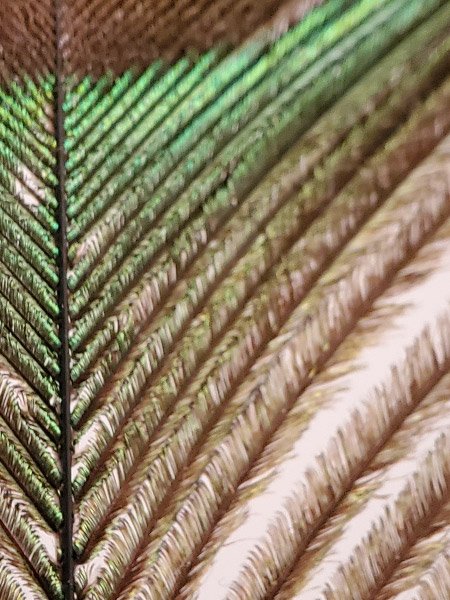A Decade of Post-career
/I left my career behind 10 years ago this month…and am still savoring the near total self-determination I have in how I spend my days. My self-discipline has always been very strong…and it still is. There are rhythms that I maintain reenforced by personal metrics (when I sleep/eat, hygiene, exercise, reading/writing) but there is plenty of time for activities that make the days, weeks, months, and years into a mix of old and new experiences that suit my wants and needs.
My daughter was already in graduate school at the beginning of the decade. I used her graduate school, post doc, and first job as part of the framework for my own exploration of new places: Tucson AZ, State College PA, Pittsburgh PA, and Springfield MO. I got significant experience in packing up for long distance moves too. Now that she is engaged in her career and has purchased a house, she may live in the same place for longer. My husband and I enjoyed a trip to Hawaii with her – a follow up to her visit there on a geology field trip and then conference. We travelled to Florida for 2 NASA launches from Cape Canaveral…invited by my daughter for NASA programs she had supported: MAVEN (2013) and OSIRIS Rex (2016).
My parents entered their 90s toward the end of decade; I’ve endeavored to spend more time in Texas enabling, with my sisters, ‘aging in place’ – living almost independently in the house they’ve been in since the early 1990s. At the beginning of the decade, they were still doing some traveling although no longer driving long distances (they flew or let others do the driving): to visit us in Maryland at cherry blossom time in 2012, to visit my daughter in Tucson (with me and my sister doing the driving between Dallas and Tucson) in 2013, to Oklahoma to visit family and their friends from college in 2017 (with me as the primary chauffer), to Springfield MO to visit my daughter in 2019 (with my sister getting them to Oklahoma to visit family and then my daughter/me chauffeuring them to Springfield MO, they flew back to Dallas). The most unique experience of all that travel was their sighting of a gila monster in the back of the Tucson vacation rental house. The pandemic and their physical limitations have kept them close or at home for the past couple of years.
My husband and I discovered Birding Festivals during the decade: Bosque del Apache (NM) in 2016 and 2018, Rio Grande Valley (TX) in 2017, Space Coast (FL) in 2019, Laredo (TX) in 2020. We’ve enjoyed day trip birding events too…mostly in Maryland but occasionally into Delaware. They are a very appealing combination of travel, nature photography, and, of course, birding. During the pandemic we ‘made do’ with virtual festivals – not the same but still engaging.
The Staunton River Star Parties (VA) were an extension of my husband’s interest in amateur astronomy and prompted a flurry of purchases to enable camping on the observing field. The weather cooperated in October 2015, 2016, 2017 and 2019 – and then the pandemic squashed that activity.
Coursera started up near the beginning of the decade and I enjoyed taking courses on topics that hadn’t been on the critical path toward getting my college degrees back in the 1970s and early 1980s; I moved on to other types of courses but returned to the platform at the beginning of the pandemic and probably will do courses sporadically when there is something that catches my interest. I enjoyed the intense Master Naturalist (2015) and Howard County Legacy Leadership for the Environment (2018) classroom-based courses and the follow-up advanced education courses/webinars in subsequent years.
Volunteering became a good way for me to ‘give back’ to my community, increase interactions with other people (particularly K-12 students and the general public), and increase the time I spend outdoors. It was ramping up throughout the decade until COVID-19 and now I am looking for opportunities to restart.
What is likely to happen during my second decade post-career? There will be more of the same for several years (hopefully, minus continuing impact from COVID-19 or some other pandemic) with a flurry of activity making a long-distance move to a new home closer to our daughter. By the end of the decade, my parents will be over 100 years old if they are still alive. I hope that my health will still be about the same as it is now or that the accommodations I need to make are relatively easy; I am anticipating that I’ll need to have cataract surgery (and be thrilled to not need glasses for the first time since 3rd grade). There is a lot to look forward to!

